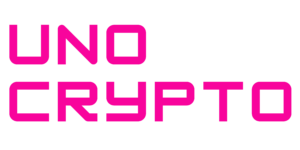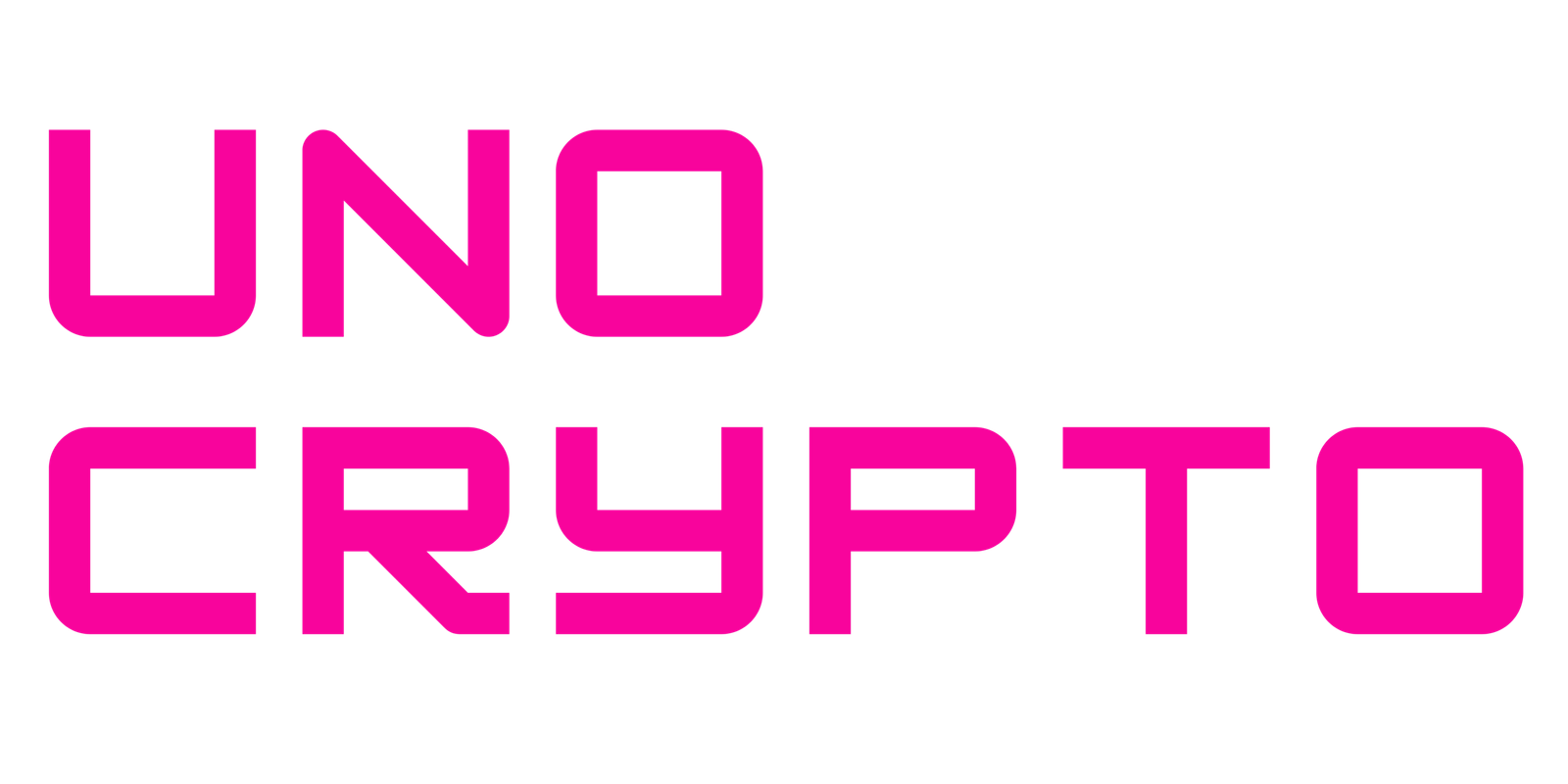On May 6, 2025, TRON officially surpassed Ethereum in total USDT supply for the first time, marking a significant shift in the stablecoin landscape.
The amount of Tether (USDT) issued on TRON (TRC-20) reached $73.8 billion, overtaking Ethereum’s (ERC-20) $71.9 billion. This milestone reflects the evolving dynamics of blockchain usage, particularly in stablecoin transactions.
TRON Sees Steady Rise with Over $1B in USDT Minted Regularly Since 2023
Since mid-2023, the network has seen consistent USDT issuance, often with over $1 billion minted in single bursts.
Its appeal lies in low transaction fees, quick block finality, and strong uptime—factors that have made it the go-to choice for institutions and high-volume traders.
In just the first half of 2025, TRON facilitated over $14 billion in newly minted USDT, underscoring its dominance as a preferred stablecoin conduit.
Meanwhile, Ethereum’s USDT supply has plateaued after a strong surge in late 2024, which was largely driven by DeFi activity. Recently, however, high gas fees and network congestion have pushed many users and protocols to seek alternatives—either migrating to more cost-effective Layer-2 solutions or shifting entirely to chains like TRON.
This crossover marks a broader trend: utility and cost-efficiency are beginning to outweigh legacy network dominance. As stablecoin users prioritize speed and affordability, TRON’s position as a major player in the USDT ecosystem appears increasingly secure.
Also Read: TRON Founder Justin Sun Says ‘$TRX Will Be Worth More Than US Dollar, ‘ Details Inside
TRON Emerges as Leading Blockchain for Large-Scale USDT Transactions
TRON’s growth has been steady and strategic, solidifying its position as a leading blockchain for stablecoin transactions. The TRC-20 network, in particular, has become the go-to platform for large-scale Tether (USDT) activity.
In the first half of 2025 alone, over $14 billion worth of new USDT was minted on TRON, highlighting its rising dominance.
Its appeal lies in consistently low transaction fees, fast block finality, and high network reliability—features that are especially valuable for high-frequency traders, decentralized finance (DeFi) users, and businesses managing large volumes of stablecoin transfers.
Unlike Ethereum, which often suffers from congestion and high gas costs, TRON provides a more efficient and cost-effective alternative.
As a result, more users are turning to TRC-20 USDT for both everyday transactions and institutional-scale movements, positioning TRON as a major hub in the evolving stablecoin and digital payments ecosystem.
TRON Gains Popularity for Speed, Low Costs, and Ecosystem Growth
The main reasons TRON is gaining popularity in the industry are its effectiveness, cost, and expanding ecosystem support. It is a compelling substitute for Ethereum due to its blockchain’s continuously low transaction fees and quick confirmation times, particularly for large USDT payments.
Traders, users of decentralized finance (DeFi), and companies looking for dependable, affordable transactions will find these characteristics very intriguing.
TRON’s scalability and high uptime further increase its allure by guaranteeing seamless, continuous operations even during peak demand times. By providing a more user-friendly platform, TRON is gaining market dominance as Ethereum continues to struggle with gas prices and congestion.
TRON’s growing function as a stablecoin center is reflected in the spike in USDT issuance, which is propelling wider acceptance throughout the global crypto community.
Also Read: Tron Price Holds Steady Despite Official X Account Hack on May 2


